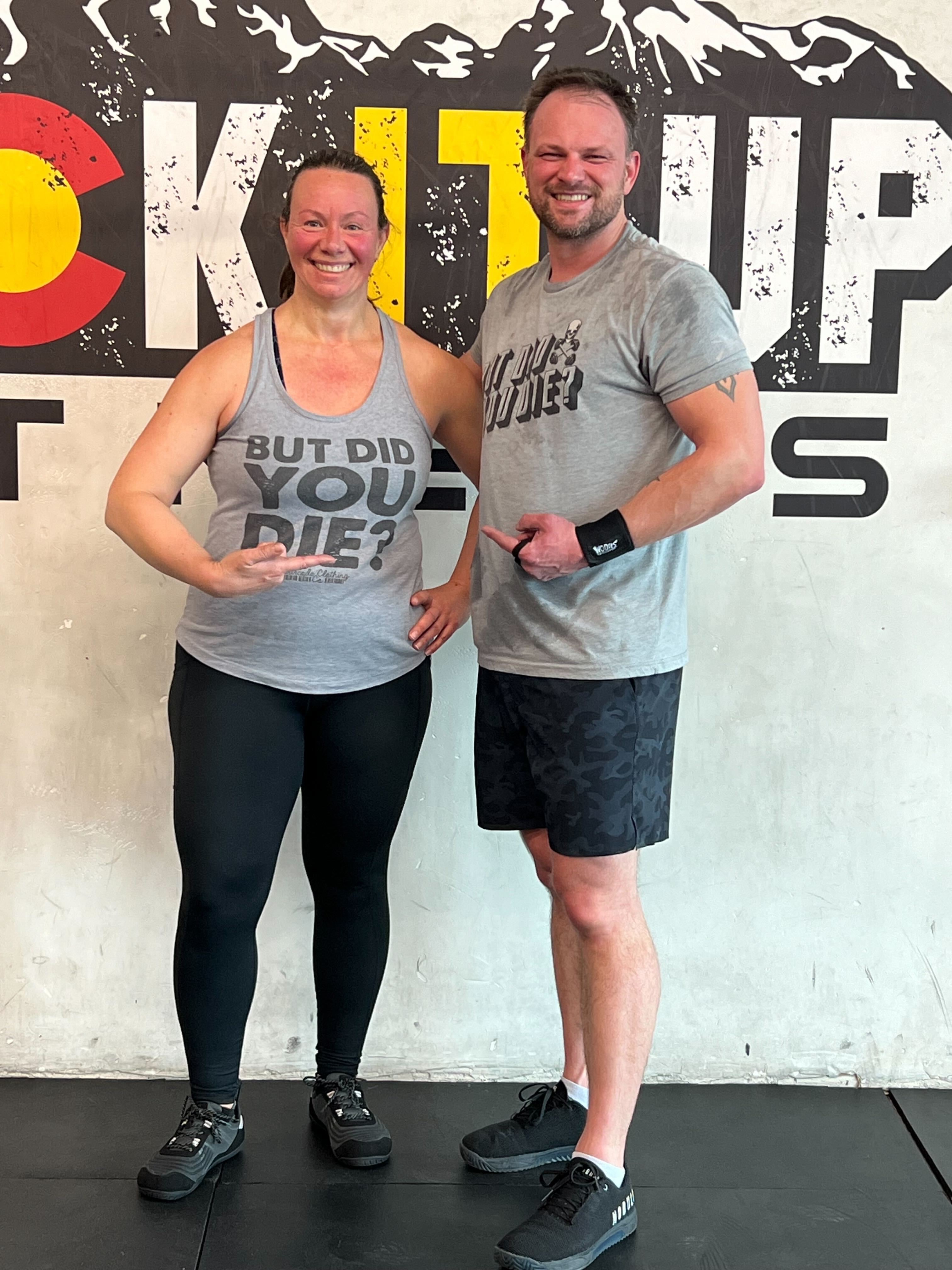Is This Functional? Diving Into the Popular Fitness Movement
If you’ve been to a gym or fitness center lately, you likely have heard the term Functional Fitness. It’s a catchy alliteration, but what does it mean? The answer is…. It’s complicated (kind of).
Functional Fitness, or Functional Training, refers to exercise that prepares your body for functions you perform in your everyday life. This is where it can get complicated. For some, functional movements include standing up from a chair or reaching for a plate in the cabinet. For others, a functional everyday movement might include wearing firefighting gear, operating heavy machinery, or performing surgery. The point is, functional training can prepare you for your life, career, and daily activities. There is a baseline of functional training that arguably almost any human should participate in, and those with physically demanding or specifically demanding careers will likely add additional training. Below, we focus on the baseline that we believe most humans should focus on when taking on a functional training approach.
Types of Functional Movements
There are endless movements that could be classified as functional, but at Pick it Up Fitness we like to work on the basics. These movements, when done with proper form, technique, and progressive overload, will improve your fitness and functional ability.
Push
Here we are thinking a movement where we push something away from us. With a push-up or a squat, we push the floor away from us. For a shoulder press, we push the weight up above our head. Push movements can incorporate the lower body or upper body:
Muscles areas typically involved: chest, shoulders, triceps, quadriceps, calves
Life Function: Get up off the ground if laying on stomach. Standing up from a seated position. Walking up stairs. Overhead movements like changing a light bulb, hanging a picture frame, etc.
Pull
Pulls typically feature the muscles on the back of the body and incorporate movements like pull-ups, rows, deadlifts, and other movements where you hinge at the hips to pull or lift something off the floor.
Life Function: Pull yourself up onto a ledge, getting out of a swimming pool without a ladder, lifting boxes or furniture for a move. Picking up a child or pet.
Jump
Jumping is great for building explosive power and can help you move your body more efficiently through space. An underrated benefit of performing jumping in training is the increased durability and strength of joints and tendons. For those with painful joints or previous injuries, jumping can seem like a daunting task. Learning how to not only jump, but how to land properly can help you build up your tolerance for jumping as a part of your training.
Life Function: Taking longer than normal steps, hopping over a puddle, standing up from a low squat position, jumping down from a ledge and landing safely.
Run
Walking, jogging, running, hiking… We walk every single day. Running is an advanced form of walking (in reality, it’s an advanced form of jumping and landing over and over again) and is an essential life function. We may not need to run from predators in the wild, but if called upon our bodies should be able to jog, run, or sprint when needed. This is not meant to make you want to run marathons or feel the need to run every day, but instead a chance to see the value in the movement of running as a functional movement. Classes at Pick It Up Fitness have some type of running programmed in each week. This could be running outside (different distances, but typically between 100 meters and 400 meters) or sprint type shuttles inside the gym.
Life Function: Jogging to catch a shuttle or bus, chasing your kids in the backyard (for fun, we hope!), having the capacity to participate in a charity run without having to train.
To summarize, choose a training method that improves your health, overall fitness, and ability to function in everyday activities. If you know that you have special interests or goals that require specialized movements, then train those too! For most of us, simply moving our bodies, picking up some weights every now and then, and breathing hard during a workout will be enough to maintain and improve our functional fitness.
To learn more about how we can support you with Functional Fitness Training, reach out to schedule a meeting with one of our awesome coaches!







